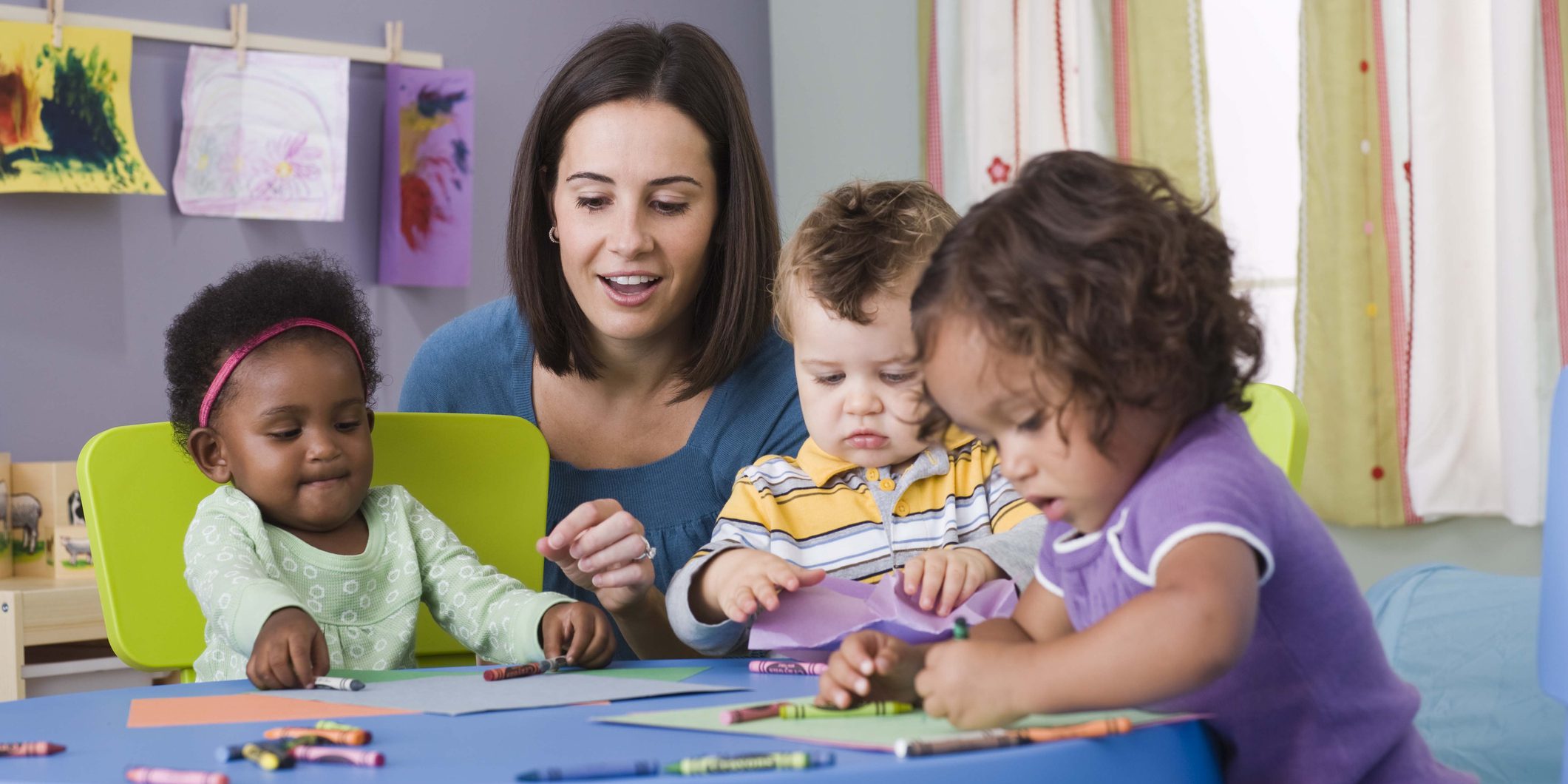This measure asks teachers to encourage children to assist with routines and procedures that help build self-help skills. Some examples include:
- encouraging children to feed and serve themselves consistent with their developmental levels (e.g., teacher allows the toddler class to scoop a serving of fruit onto their plate with hand-over-hand guidance).
- encouraging children to assist in preparation and cleanup routines and activities (e.g., teacher sings a cleanup song while children are encouraged to pick up their play areas)
- encouraging children to take care of their bodies (e.g., teacher has children put on their own jackets to go outside and offers assistance as needed)
- encouraging an orderly process for taking turns and varying tasks (e.g., teacher calls for the door helper to hold the door and the light helper to turn off the light)
Category: Category 2: Teacher-Child Interactions
Subcategory: Support for Children’s Regulation
Examples
In this section you will find videos, images, and/or documents that can be used to better understand this measure. These examples can also be used in conversations between mentors, directors, and/or teachers to discuss how the program's current practices compare to these examples.
Video Example
In this video, teachers encourage children to develop self-help skills like handwashing and serving themselves. Building these skills promotes children’s independence, self-reliance, and self-esteem.
Age(s): Infant, Toddler, Preschool, School-age
Video Example
The teacher in this video involves children in the management of activities by allowing them to choose their classroom jobs for the week. As the children choose a job, she gives a brief description of the job and how the child can be successful. Teachers can use a classroom helper chart to enforce the classroom’s routines, as well as support children in learning responsibility and practicing self-help skills.
Age(s): Preschool
Video Example
In this video exemplar, the teacher involves children in the management of activities by assigning children to their classroom jobs for the week and using the helper chart as a visual of these assignments. Teachers can use visuals, like a classroom helper chart, to enforce the classroom’s routines, as well as support children in learning responsibility and practicing self-help skills.
Age(s): Preschool
Video Example
In this video example, the teachers encourage the children to be independent and practice self-help skills, such as self-serving during mealtime. Teachers can encourage independence and self-regulation skills by including children in classroom routines and procedures.
Age(s): Infant, Toddler, Preschool, School-age
Practice Opportunities
These resources include tips, strategies, activities, or specific tools related to this measure that programs can put into practice.
Activity
Practicing proper handwashing with children helps them learn the importance of this self-care skill and healthy behavior. The movements of the hands and fingers during handwashing build the muscles children will use for more complex activities as they grow older, such as zipping a jacket or picking up and writing with crayons.
Age(s): Infant, Toddler
Publication
This publication from the New York City Department of Education includes a list of tools teachers can use to support children in developing their independence, self-regulation, and self-confidence. Toddler and preschool teachers can use these interactive visuals, like the attendance chart, to enforce the classroom’s routines and procedures and encourage children’s self-help skills.
Age(s): Toddler, Preschool


